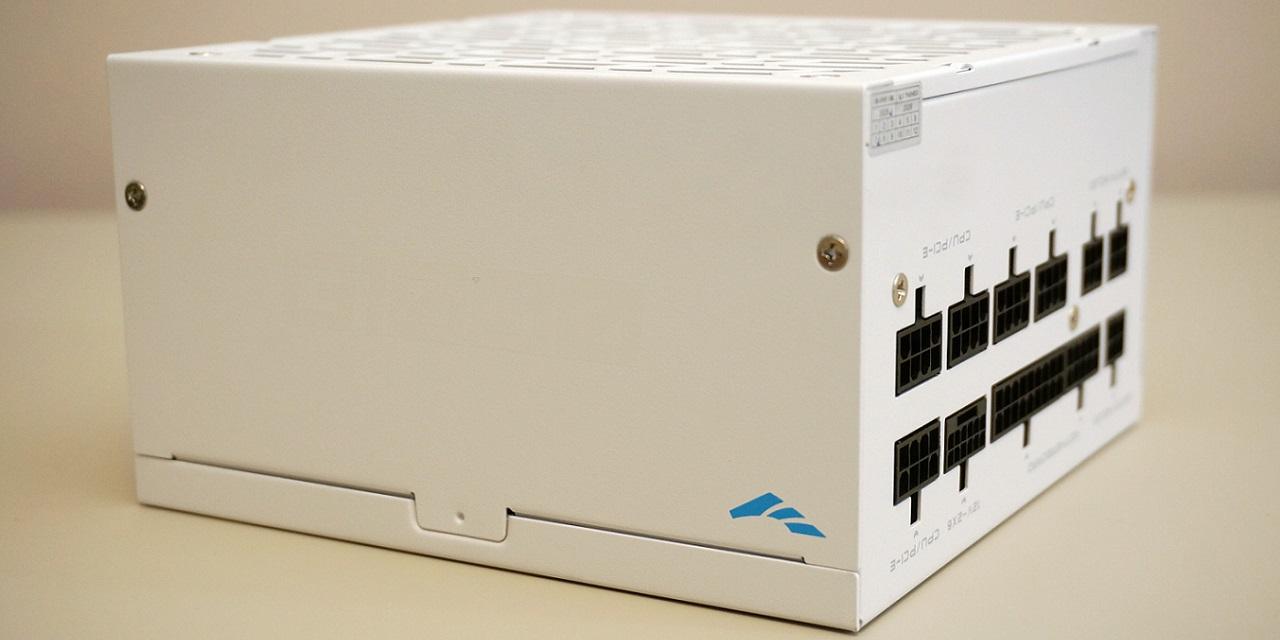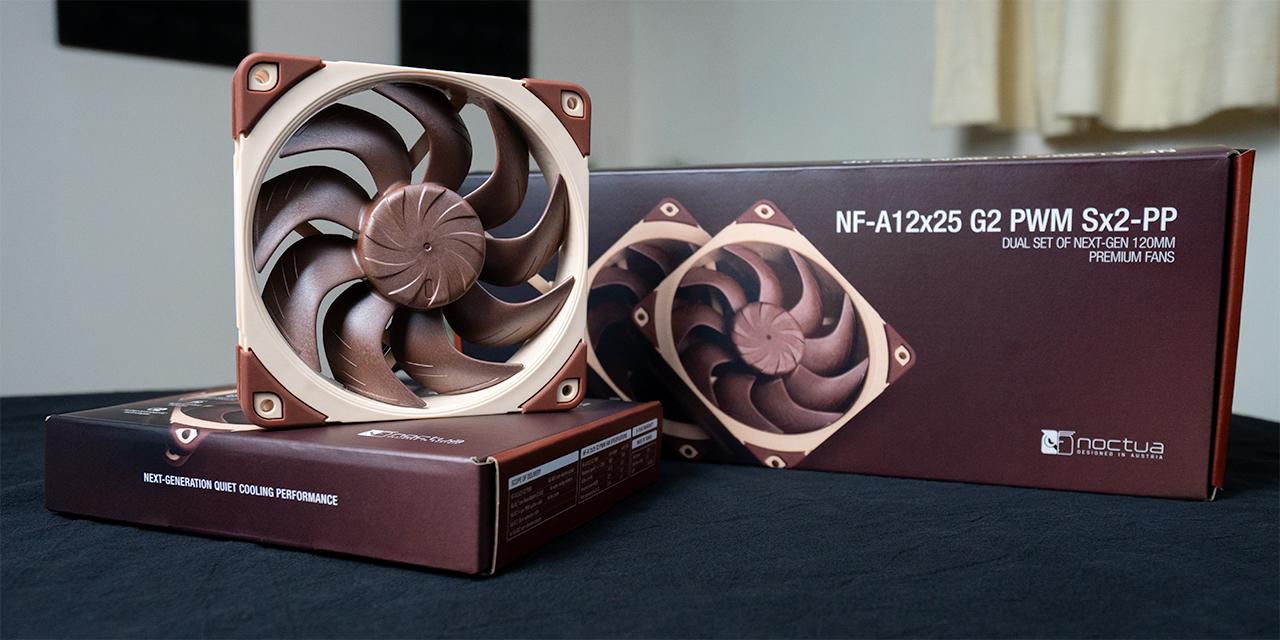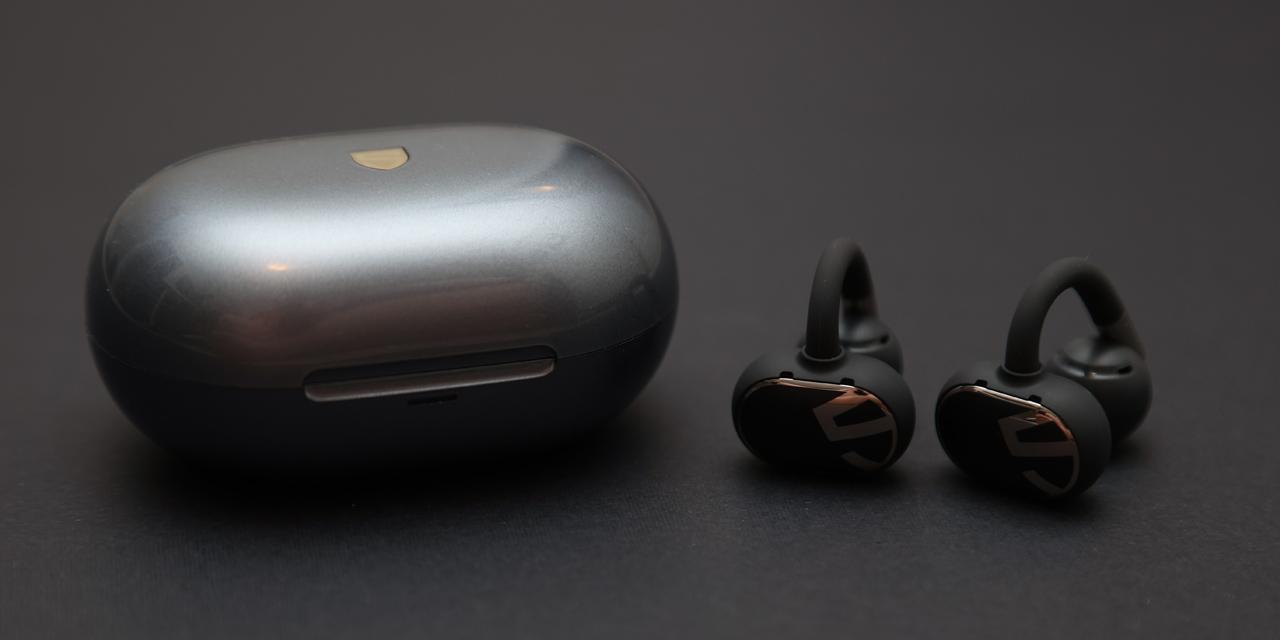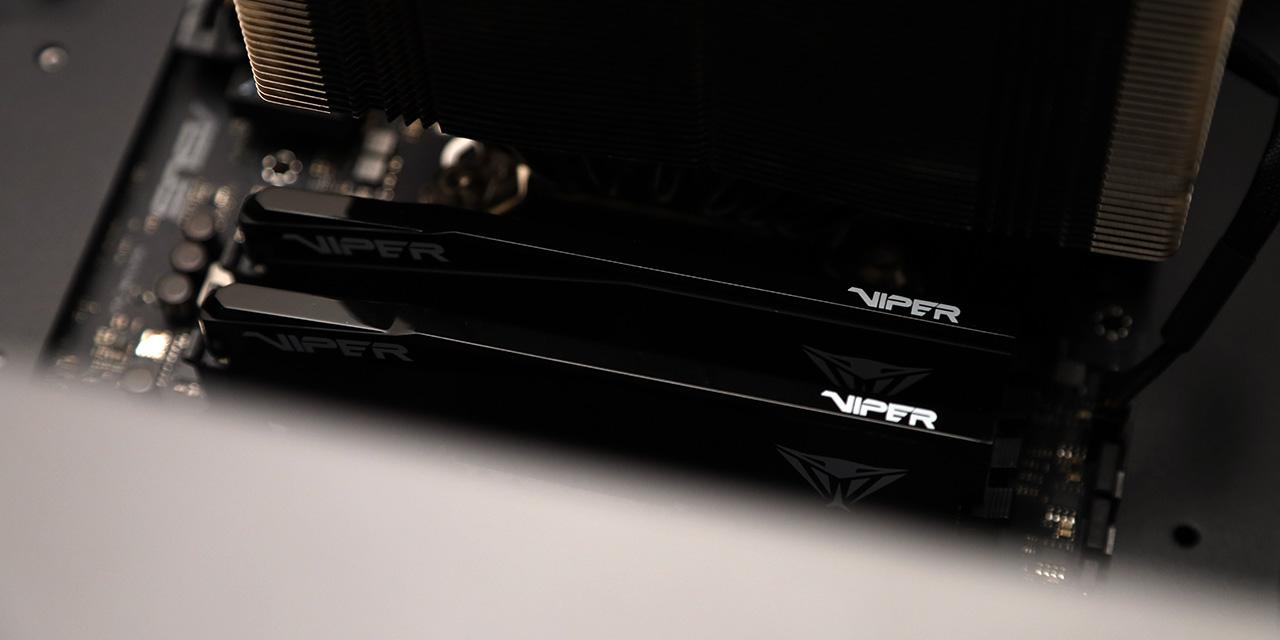Page 2 - Physical Look - Hardware

The Cooler Master Hyper 411 Nano we have is the all-black base version, but there is also an option with ARGB LED fans. The design for the top of the heatsink is quite simple. At the center, the Cooler Master logo is present. As you move towards the left and right edges, there is a slight elevation change to add a bit of spark to the design. At the end, the elevation climbs back up to form a triangle shape. The most notable part is the set of eight protruding tips caused by the heat pipes. My first reaction was to complain about how unsightly it looks. I almost wished a plate was covering the top. However, after some thought, I remembered the Hyper 411 Nano is meant to be compact, so the absence of a top plate is understandable. Another interesting design choice is the shape of the fins is not rectangular, but rather something in between a rectangle and a semicircle.

It is clear Cooler Master made the Hyper 411 Nano for small form factor builds. After looking into the CPU clearance of some cases, this cooler should fit in most micro-ATX cases, but may be more challenging to fit in some mini-ITX cases. It measures 102mm in length, 85mm in width, and 136mm in height including the fan. I counted there to be forty aluminum fins after a few attempts. Each fin is 2mm from each other with some slight deviations. It was difficult to measure the dimensions of the fins since they are not rectangular, but I calculated the total surface area of the fins to be about 0.34m2 with some rough measurements, ignoring the thickness of each fin. Between the fins, there are eight optimally spaced heat pipes passing through all of them. There are only four pipes, but its U-shape effectively makes it eight pipes. The fans use screwed-in clips on the back to hold to the heatsink. The weight of the Hyper 411 Nano including the fan is about 436g according to my scale. Without the fan, it comes in at 322g.
The Cooler Master Hyper 411 Nano is primarily aluminum. Making the heatsink out of copper could lead to enhanced thermal performance due to the thermal conductivity of pure copper being 401W/mK compared to pure aluminum's 237W/mK. However, despite the thermal conductivity of copper being close to double that of aluminum, copper heatsinks are almost nonexistent in the CPU air cooler market. The reason for this is because aluminum makes more sense from a practical standpoint. Aluminum is lighter, cheaper, and easier to manufacture. This lighter material also means there is less strain on the motherboard when the heatsink is in place.

As for the fan used, the Cooler Master Hyper 411 Nano uses a fan that is not available for purchase. From a visual inspection, I found this fan to have a striking resemblance to the SickleFlow Edge series due to the blade design. This small 7-blade PWM fan has a maximum airflow of 45.14 CFM and a maximum air pressure of 3.25 mmH₂O. The dimensions are 92mm in length, 92mm in width, and 25.4mm in height. Cooler Master did not specify the fan’s bearing type, but the lifespan is at least 160,000 hours. Cooler Master fans with 160,000 hours MTTF are either rifle or loop dynamic bearings, but these are just speculation. The maximum sound produced is 30.04dBA, which equates to the volume of whispering. On the back of the fan, there are clips attached. I really appreciate this design choice since it allows for faster installation and disassembly, while also providing a more premium feel compared to separate individual clips.

Examining the bare contact plate of the Hyper 411 Nano reveals a direct contact design with exposed copper heat pipes. Although this design looks cheaper compared to a solid metal base, it has a thermal performance advantage. Solid copper has a thermal conductivity of 401W/mK, while the thermal conductivity of heat pipes can range from the thousands to hundreds of thousands. Therefore, by exposing the heat pipes directly to the CPU it creates better thermal conductivity. However, the downside of this design is the uneven contact surface between the CPU and the heat pipes. The contact plate of the Hyper 411 Nano also lacks nickel plating, which is often a solution to enhance corrosion protection.
Page Index
1. Introduction, Packaging, Specifications
2. Physical Look - Hardware
3. Installation and Test Results
4. Conclusion





